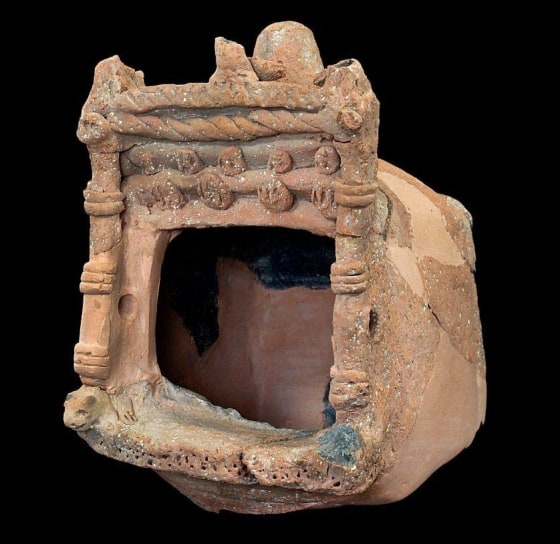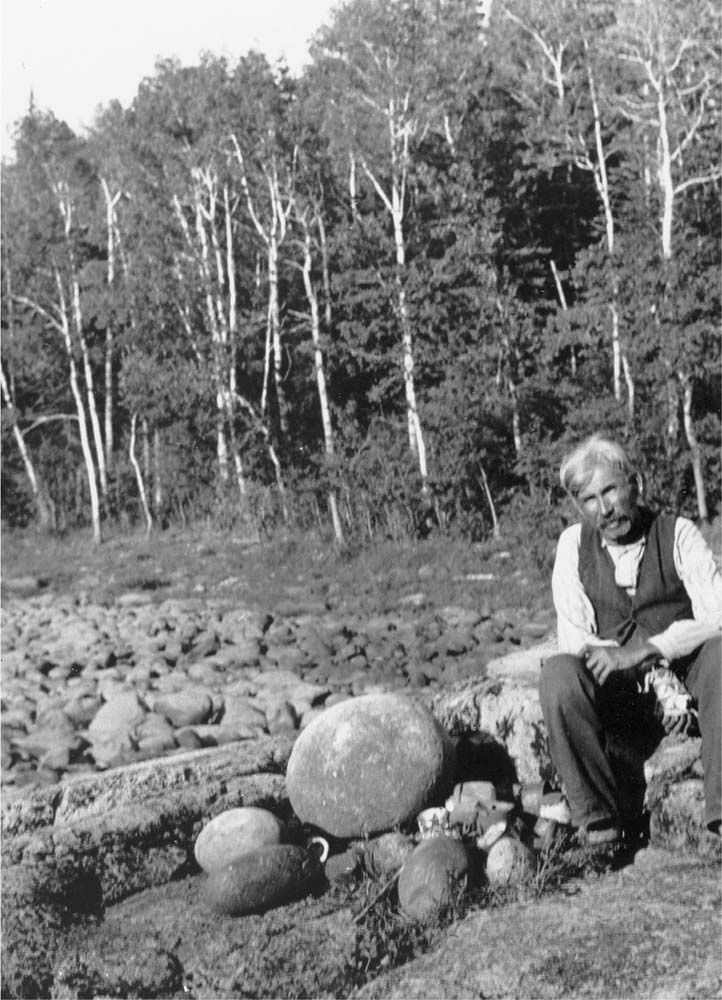One starts education with where the student is. But mustn't we also inventory what tools and attitudes the student brings? What tools beyond basic literacy do they have? (Usually we presume literacy, but rarely go beyond this and the lack of literacy is too often viewed as failure, particularly as students get older.) Do they have motion, orality, song, visualization, memory? How can we focus on also utilizing these tools and modalities for learning.
Link to the idea that Donald Trump, a person who managed to function as a business owner and president of the United States, was less than literate, yet still managed to function in modern life as an example. In fact, perhaps his focus on oral modes of communication, and the blurrable lines in oral communicative meaning (see [[technobabble]]) was a major strength in his communication style as a means of rising to power?
Just as the populace has lost non-literacy based learning and teaching techniques so that we now consider the illiterate dumb, stupid, or lesser than, Western culture has done this en masse for entire populations and cultures.
Even well-meaning educators in the edtech space that are trying to now center care and well-being are completely missing this piece of the picture. There are much older and specifically non-literate teaching methods that we have lost in our educational toolbelts that would seem wholly odd and out of place in a modern college classroom. How can we center these "missing tools" as educational technology in a modern age? How might we frame Indigenous pedagogical methods as part of the emerging third archive?
Link to:
- educational article by Tyson Yunkaporta about medical school songlines
- Scott Young article "You should pay for Tutors"
aside on serendipity
As I was writing this note I had a toaster pop up notification in my email client with the arrival of an email by Scott Young with the title "You should pay for Tutors" which prompted me to add a link to this note. It reminds me of a related idea that Indigenous cultures likely used information and knowledge transfer as a means of payment (Lynne Kelly, Knowledge and Power). I have commented previously on the serendipity of things like auto correct or sparks of ideas while reading as a means of interlinking knowledge, but I don't recall experiencing this sort of serendipity leading to combinatorial creativity as a means of linking ideas,



 Chief William Berens seated beside the living stones of his elders; a picture taken by A. Irving Hallowell in 1930, between Grand Rapids and Pikangikum, Ontario, Canada. (American Philosophical Society)
Chief William Berens seated beside the living stones of his elders; a picture taken by A. Irving Hallowell in 1930, between Grand Rapids and Pikangikum, Ontario, Canada. (American Philosophical Society)